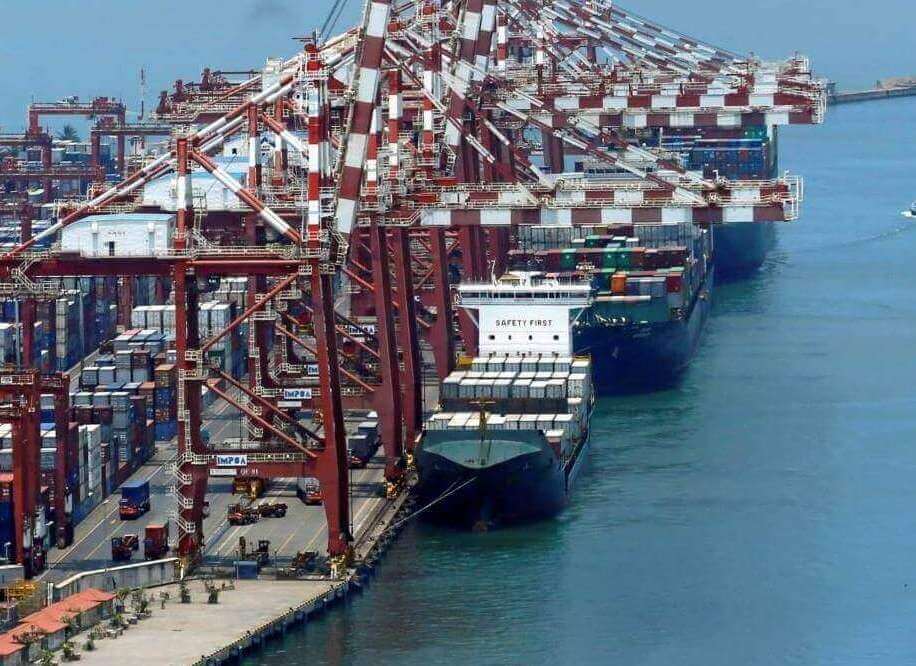Earlier, last month Sri Lanka had pulled out of an agreement with Delhi and Tokyo to jointly develop the partially built East Container Terminal (ECT).
Sri Lanka will offer a strategically located deep-sea port to India and Japan, an official said on Tuesday. The island is trying to maintain the old ties against China's rising regional influence. Earlier, last month Sri Lanka had pulled out of an agreement with Delhi and Tokyo to jointly develop the partially built East Container Terminal (ECT). ECT is located next to a $500-million Chinese-run container jetty known as the Colombo International Container Terminal (CICT) within the capital Colombo's sprawling port.
On Tuesday, Colombo reversed course and offered to develop the West Container Terminal (WCT) with India and Japan. WCT is not built yet and is located on the other side of the CICT. The government spokesman Keheliya Rambukwella said the cabinet decided on Monday to allow India and Japan to have an 85 percent stake in the WCT, the same terms China was granted when building the CICT. However, it is unclear how both countries will divide their majority stake in the port.
The government said the Indian High Commission in Colombo has "approved" Sri Lanka's latest offer. Meanwhile, there was no immediate response from India's foreign ministry, and a government spokesman said Japan has yet to respond to the new proposal.
When Sri Lanka was not able to pay back huge loan taken from China, it allowed China Merchants Port Holdings in December 2017 to take over the southern Hambantota port. Hambantota port is the world's busiest east-west shipping route. This deal gave the Chinese company a 99-year lease. This raised concerns that China may be using "debt traps" to increase its influence internationally.





The Brief. Sign up to receive the top stories you need to know right now.